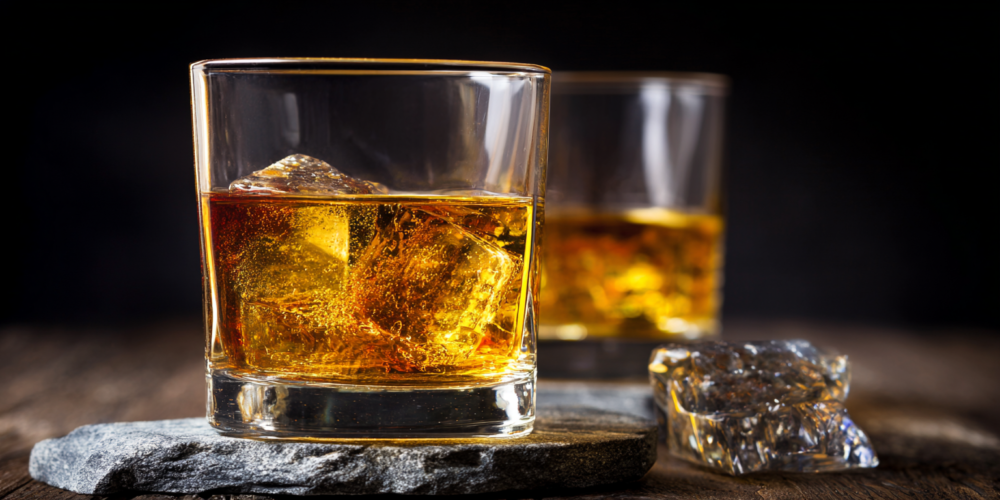
Did you know that up to 40% of all cancers are preventable? While we can’t change our genes, we have a lot of power over how those genes behave, and a big part of that is the food we eat. It turns out, many common foods, even ones we think are healthy, can actually create the perfect environment for cancer cells to grow. Let’s break down what foods might be feeding cancer and how we can choose foods that fight it instead.
📌Understanding How Cancer Grows

Cancer starts when a normal cell gets a mutation. If this mutation isn’t fixed or stopped, it can lead to cells growing out of control. But for a cancer cell to really thrive and spread, it needs a few key things:
- Glucose: Cancer cells primarily use glucose (sugar) for energy.
- Hormones: They need growth signals like insulin and IGF-1.
- Inflammation: This helps break down barriers and can weaken the immune system.
- Blood Supply: They create new blood vessels (angiogenesis) to get nutrients.
Many foods in our typical diets can unfortunately support all of these needs. But the good news is, we can use this knowledge to our advantage.
👉Key Takeaways
- Up to 40% of cancers are preventable through lifestyle choices, especially diet.
- Cancer cells thrive on glucose and require specific hormones and inflammation to grow.
- Certain foods can either feed cancer cells or help fight them.
⚠️Foods to Be Mindful Of
➡️4. Aflatoxins: The Moldy Culprits

Aflatoxins are toxins produced by certain molds, often found on grains, nuts, and corn. Peanuts, almonds, walnuts, and pistachios can be sources if not stored properly. It’s not about avoiding these foods entirely, but being smart about where they come from.
- Source Wisely: Try to buy nuts and grains from places that aren’t prone to mold. Look for brands that source from drier climates.
- Inspect Carefully: Avoid nuts that look discolored or shriveled, as this could indicate mold.
- Freshness Matters: Eat nuts within a month of buying them and check expiration dates.
- Roasting Helps: Roasting can reduce aflatoxin levels, but doesn’t eliminate them completely.
- Dairy Alert: Aflatoxins can also get into milk if animals eat contaminated feed. Be cautious with milk from cows fed untested grains or with unregulated raw milk products.
➡️3. Sugar and Processed Carbs: Fueling the Fire

Foods high in sugar and processed carbohydrates are strongly linked to increased cancer risk, particularly for breast, colon, and pancreatic cancers. Cancer cells are like “broken engines” that burn through fuel very quickly, and their favorite fuel is glucose.
When you eat sugary foods, your body releases insulin and IGF-1. While these are normal growth signals, too much can tell cancer cells to grow and divide faster. Some cancer cells even have more insulin receptors than healthy cells. Plus, excess sugar leads to chronic inflammation, which can damage DNA and further weaken your immune system – your body’s defense against cancer.
- Limit Sugar: Reduce intake of sugary drinks, candies, and processed snacks.
- Choose Smart Carbs: Opt for low-glycemic, high-fiber carbohydrates like beans, whole grains, vegetables, and berries.
- Hydration: Switching regular soda for water, tea, or even diet soda is a simple, impactful change.
➡️2. Processed and Red Meats: A Complex Relationship

While headlines often link processed and red meats to cancer, especially colorectal cancer, the science is a bit more complex. Many studies show an association, but it’s hard to prove direct causation. People who eat more processed meats might also smoke more or exercise less, making it difficult to isolate the meat’s effect.
However, there are reasons for concern:
- Nitrites: Preservatives in processed meats can turn into nitrosamines (like NDMA) in your stomach, which are known carcinogens linked to stomach cancer.
- Cooking Methods: Grilling, frying, or barbecuing meat at high temperatures can create chemicals (HCAs and PHAs) that may damage DNA.
Instead of focusing solely on avoiding red meat, consider this:
- Fiber is Key: When you eat more meat, you might be eating less fiber-rich foods like fruits, vegetables, and beans. Higher fiber intake is linked to a lower cancer risk.
- Moderation: You don’t necessarily need to cut out red or grilled meat completely, but don’t overdo it. Make sure to load up on fiber with every meal.
➡️1. Alcohol: A Known Carcinogen

Alcohol is classified as a Group 1 carcinogen, meaning there’s strong evidence it causes cancer. It’s linked to cancers of the mouth, throat, esophagus, liver, breast, and colon.
How alcohol contributes to cancer:
- DNA Damage: Your liver breaks down alcohol into acetaldehyde, a toxic compound that damages DNA.
- Interferes with Repair: It can also hinder your body’s ability to repair DNA.
- Nutrient Deficiencies: Alcohol can lower levels of essential vitamins like thiamine (B1) and impair folate absorption, leading to more DNA errors.
- Enhances Absorption: It acts like a solvent, making it easier for other carcinogens, like those in tobacco, to be absorbed into your tissues.
While this isn’t an exhaustive list, being aware of these foods can help you make more informed choices to lower your cancer risk. By focusing on a diet rich in whole foods and limiting these potentially harmful items, you can actively influence your health and stack the odds in your favor.
Source: Dr. Leonid Kim

